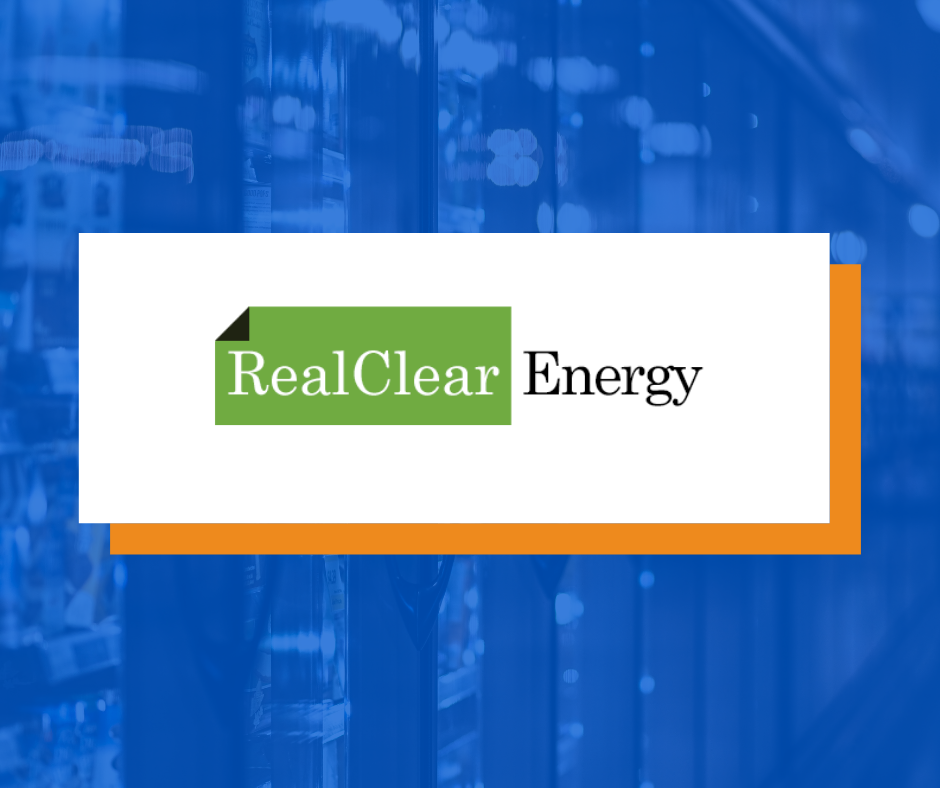Everyone knows that plastic waste is a problem, and America’s record on recycling isn’t great. Less than 9% of all plastic waste is recycled, which unfortunately means that the bulk of that waste is left to sit in landfills taking decades to decompose, or worse, dumped into the environment. Plastic waste is a serious problem, but two new pieces of legislation focus on harming plastic production, not addressing plastic waste.
The Break Free From Plastic Pollution Act has been reintroduced in the House and Senate, deals more with trying to end the production of plastics, not address plastic waste through recycling investments. Unfortunately, as written, the bill will do for more harm than good, both from a consumer perspective and for the environment.
Break Free seeks to implement a moratorium on permits for all new plastic manufacturing. The purpose of this is to stop the expansion of this industry, which in theory protects the environment from the emissions associated with production. But this fails to recognize that there are legitimate, necessary and environmentally conscious reasons to choose plastic over competing products. Take, for example, the shipment of baby food. Baby food in plastic containers, as opposed to glass alternatives, generates 33% fewer emissions because of the energy required in the production of plastic and its lighter weight in transportation. Although this is just one niche example, this same principle could be applied to a near infinite number of plastic, especially in food packaging.
The recent Texas freeze, as reported by the Wall Street Journal, exposed significant gaps in the supply chain for plastics. As a result of plant closures in response to the freeze, major auto manufacturers were forced to halt production due to a lack of plastic parts, building companies faced record shortages for adhesives and siding, and PVC piping companies failed to meet their contractual obligations with buyers. A moratorium on new plants mandates that this vulnerable supply chain remain intact in its current and mismanaged state, removing any chance at correction.
Like Break Free, the recently introduced CLEAN Future Act includes not only a moratorium on new plastic production, but a moratorium on permits for advanced recycling facilities. Advanced recycling allows for all plastic, yes all plastic, to be either recycled, repurposed, or converted into other products. There are countless examples of why this technology is key to dealing with mismanaged plastics, with innovators turning problematic plastic into everything from resin pellets, roadways, tiles for your home, and high strength graphene. If the United States wants to tackle plastic waste, the federal government can’t, at the same time, limit advanced recycling capacity. By capping recycling facilities, the bill prevents the scalability of recycling efforts, which creates a giant hurdle for dealing with plastic waste.
A cap on facilities plus a cap on advanced recycling is even more problematic when you consider that both pieces of legislation aim to create a recycled content standard, which will mandate that plastic products be made with a certain percentage of recycled plastic. This type of mandate has its pros and cons, but it is disastrous if it is enforced alongside permit caps that limit recycling.
Originally published here.



